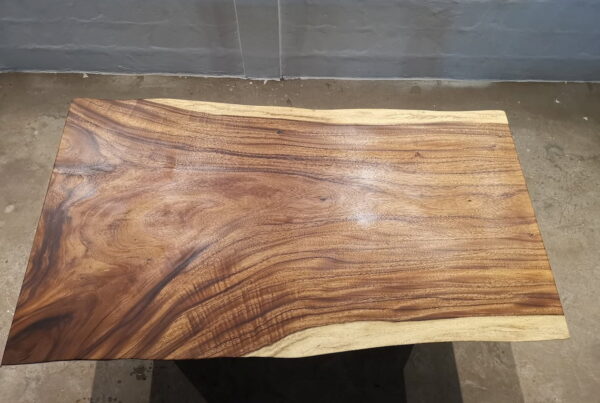There are a few things that you should consider when attempting to combine some modern furniture with a vintage wooden table. It’s important to remember that each piece of furniture has its own unique color and grain, and that mixing pieces of different styles can create a jumbled look. To avoid this problem, consider mixing different wood tones and choosing a stain that requires a separate finish. You can also try adding an area rug to tie in the two styles.
Using a stain that requires a separate finish
When you mix and match vintage furniture with a modern wooden table, you may want to avoid using traditional stains, which may not blend well with the furniture. A gel stain, for example, can give the wood a rich and even color while not covering up the wood’s grain. A gel stain is a good compromise between traditional stains and paint, since it doesn’t absorb into the wood. It also dries quickly and easily, making it perfect for mixing and matching with bare wood or stripped wood.
Before applying a wood stain, you should sand the table. The final grit should be 120 to 150. This ensures an even distribution of pigment in the stain. You should lightly sand the table using a fine sanding sponge. Use mineral spirits to wipe off any sanding dust before applying a second coat.
Using a contrasting wood toner
Using a contrasting wood toner will help you achieve a more sophisticated look by blending two pieces of furniture that are otherwise unmatched. For instance, a Black Acacia Wood Table may blend well with a light brown floor and vice versa, while a vintage wooden table will contrast nicely with light-colored wooden panels. The same technique can be used to match vintage wooden tables to newer furniture.

Adding an area rug
Adding an area rug to a room can make the difference between an unbalanced look and a well-balanced one. Bare floors are cold to the touch, and it can make it feel like the room is missing something. A large area rug can soften the contrast of the furniture, while also allowing for a transition from different wood floor tones.
The rich red of an area rug adds an inviting accent to a formal dining room. A mid-century modern dining table set and chandelier in this type of room are also enhanced by a rug in a similar hue. The table, chairs, and chandelier are all well-lit and compliment the color scheme. The area rug ties all of the design elements together. You can even go a step further and match your window treatments and wallpaper to the area rug.
Choosing a finish that blends wood tones
When selecting a finish for a vintage wooden table, try to select one that will seamlessly blend the various wood tones of the piece. Dark “brown” stains work well with a variety of wood finishes, and a lighter color can work with a warmer-toned table. If you are unsure about which wood to use for your table, you can choose a middle-ground finish.
One of the best ways to mix different wood tones is to scatter them throughout the room. Adding a runner, rug, or artwork in the same color family will balance the space. A large dining set can be a great place to start if a dominant wood tone is present. If there is no dominant wood tone, consider two or three pieces that will play a prominent role in the space. To soften transitions between wood tones, try selecting pieces in similar wood tones.



![The many uses and benefits of resin tables [part 2]-22](https://ltjarbor.com/wp-content/uploads/2022/01/The-many-uses-and-benefits-of-resin-tables-part-2-22-e1642739105272-600x403.jpg)

